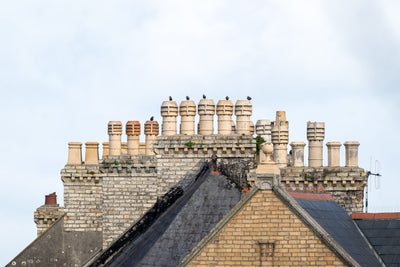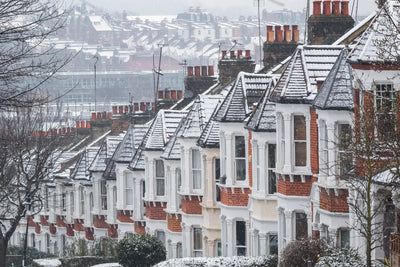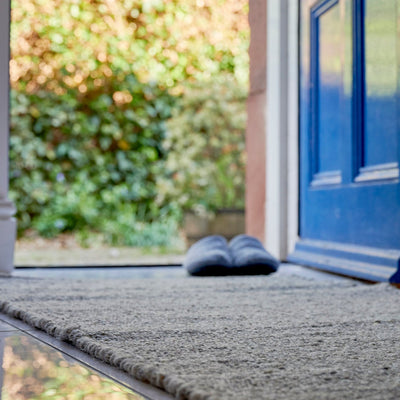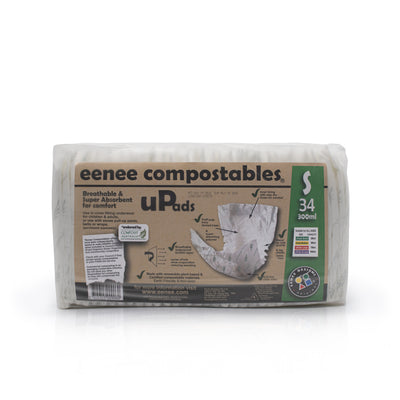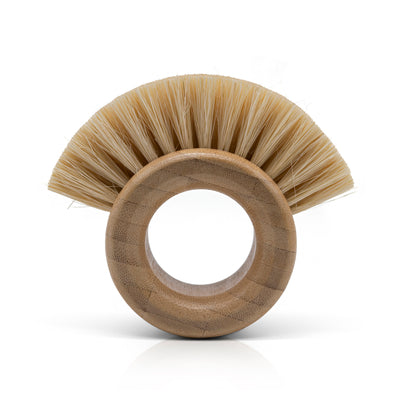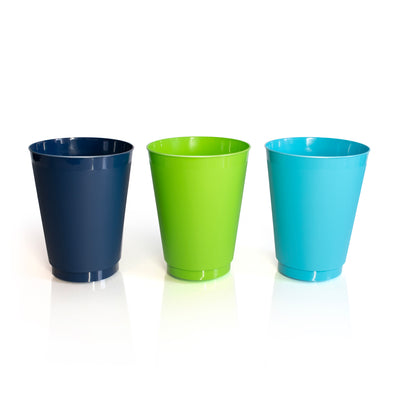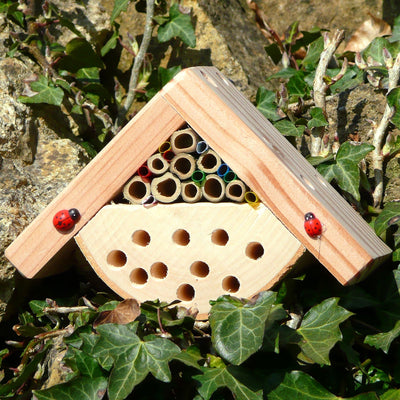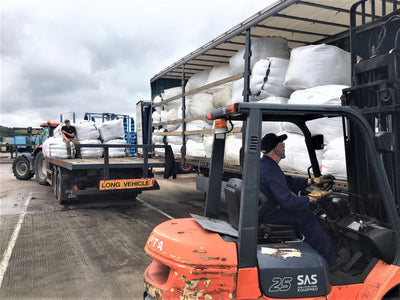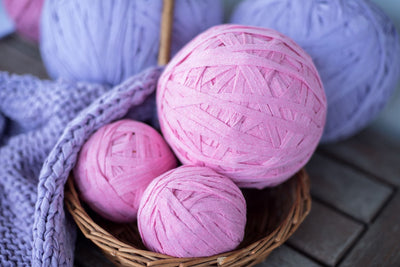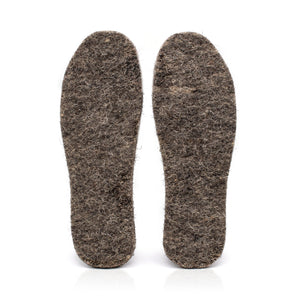“Insulation” and “draught exclusion” are often used interchangeably, and any search for draught excluders will come up with insulation products, and vice versa. I had a query from a customer who wanted to know whether the Chimney Sheep® would be effective since he had 240mm of insulation in his loft, but as the chimney draught excluder was only 24mm thick, would it be efficient at stopping chimney draughts?
The Chimney Sheep® stops chimney drafts by blocking the airflow. Homes lose heat by the passage of warm air up and out of the chimney, pulling cold air in from around doors and windows to replace it. This cold air is heated for a bit, until this is pulled up the chimney, and so it continues. Blocking the chimney with a double layer of felted wool prevents this air loss and so retains warmth by preventing the warm air from escaping. Other draught excluders work in a similar way: by fitting brushes under doors or around letterboxes, and by hanging heavy curtains, they are effectively preventing cold air from getting in. If you want to get technical about it, the warmth is being lost through convection.

Insulation, on the other hand, prevents heat loss though conduction. Your home is warm on the inside and cold on the outside. The warmth is passing through the solid building materials that construct your roof, walls and floors, and is cooled by the colder materials on the outside of your house. By putting insulation material in the way, it traps lots of air which is a poor heat conductor, and prevents the warmth from being conducted out of your home. That’s why it’s important to have a thick enough layer of insulation in order for it to work effectively.
So which is the most efficient? If your house doesn’t have any insulation, then that’s where you should start. You could be losing around 25% of your household heat through an uninsulated loft. But I’ve been in hundreds of lofts looking for bats and the number without any insulation at all is a tiny. Topping up loft insulation is beneficial. But once you start looking at retrofitting wall and floor insulation, it can get expensive and the payback takes longer. The place to start is definitely with draught busting.
How do you find the draughts in the first place? Well, since I’m obsessed with chimneys, let’s start there. Kneel in front of the empty fireplace. It’s quite likely you won’t notice anything much, unless it’s a particularly windy day. Now put your hand up the chimney. Feel the current? That’s probably responsible for a lot of the worst draughts in your home. Block the chimney with a Chimney Sheep®, and you’ll make a noticeable reduction in the cold air being pulled into the home from other gaps.

Gaps around doors and windows – fit adhesive draught exclusion material to seal gaps at the edges. Heavy curtains are great for keeping draughts out at night. I’ve found that even light voile curtains can make a difference, and still let light in during the day. We have a lovely range of door draught excluders that are filled with Herdwick felt with removable covers.
Loft hatches – Did I mention I’ve been in a lot of lofts? You’d be surprised by how many have piles of rockwool insulation, but none on the hatch cover itself. Insulate the cover with more insulation, and seal the gap with a draught excluder. See, the warmth is escaping through the hatch by conduction, and around the edges by convection.
Pipework – there can often be holes drilled through exterior walls for pipe work to fit through, which haven’t been properly sealed around. Fill these with expandable foam, decorators caulk, or bits of sheep wool. Please please don’t block vents that have been put in to provide ventilation for appliances. They’ve been put in to stop you dying from carbon monoxide poisoning. If there’s a gale blowing through them then look for another gap in the house that the air is escaping out through, which may be causing more cold air than is necessary to be pulled in through the vent. Like a chimney, for example.
Floor and skirting boards – you’d be surprised by how much of a draught can be caused by gaps in your floorboards, especially if there’s a void underneath. The best thing is to prise off all the floorboards and fill the gaps between the joists with insulation. If this is too much of a big job, then how about a gorgeous pure wool rug to cover over the gaps?
Electrical fittings in ceilings or walls – sockets can be blocked by simply fitting child safety plugs into them. Ceiling down-lighters can be a source of draughts that are difficult to seal without causing a fire risk but there is a cunning new product that fits neatly over the down lighter in the loft, without compromising the installation of loft insulation: the Loftlid.
More than half the housing stock in the UK was built before 1965 with chimneys as standard. It’s an effort to draught-proof and insulate these leaky old homes. But the effort is worthwhile – as well as making them more cosy, the work will reduce energy bills and cut CO2 emissions.
The chimney sheep is a 100% sheep wool product designed to keep warm air in a house and cool draughts out. It is the only truly sustainable chimney draught proofing solution on the market. Over the coming weeks, the Chimney Sheep team will be working closely with the insulation industry to include chimney insulation as part of the raft of standard measures.
Visit the online shop here for Chimney Sheep Chimney Draught Excluders, accessories and more.

